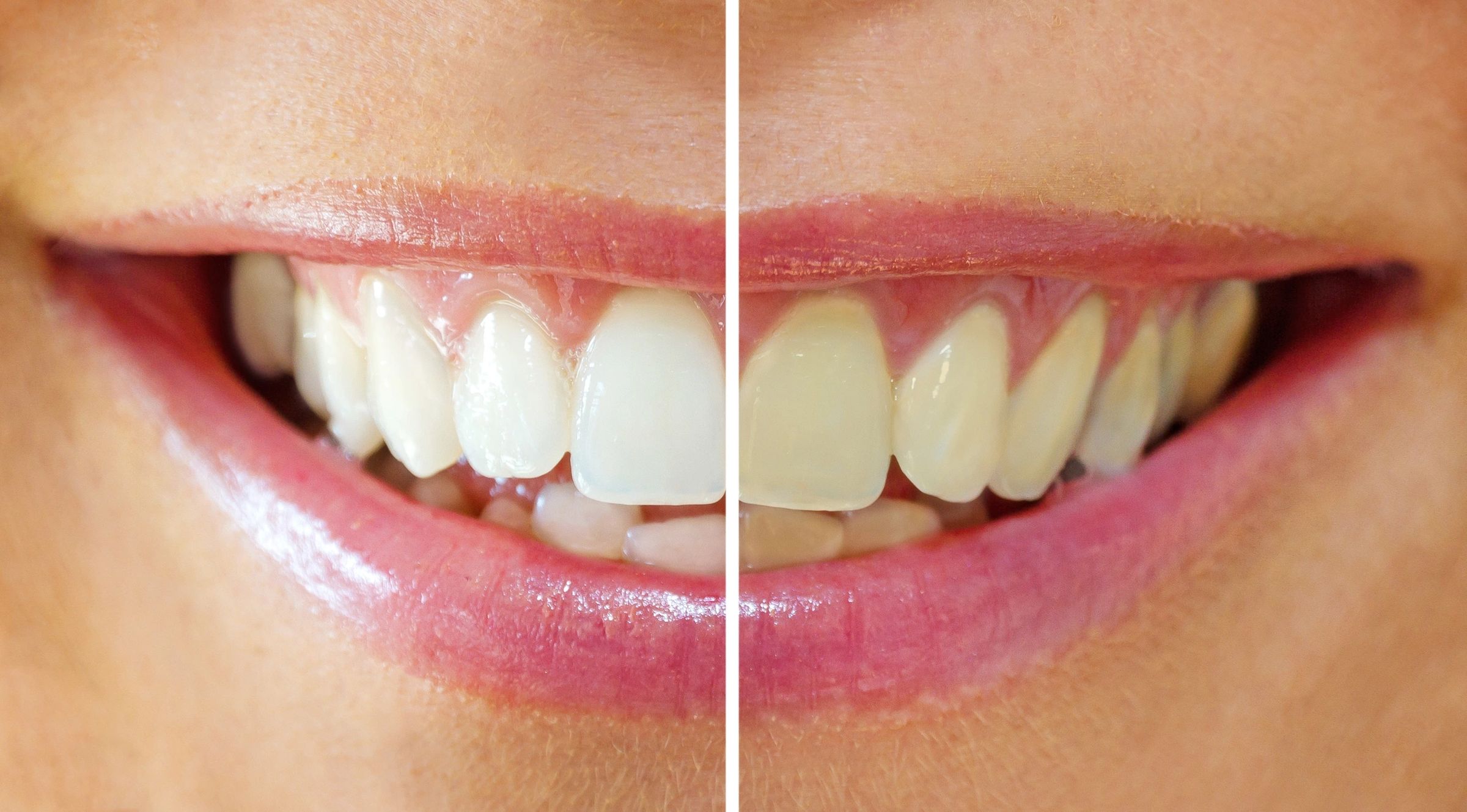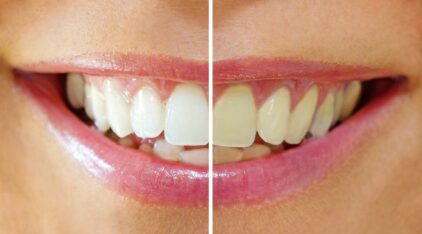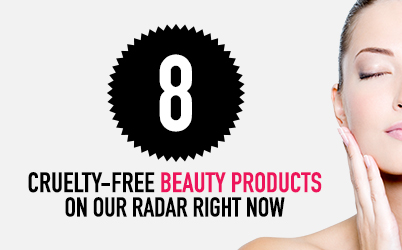Are you thinking that your teeth don’t look nearly as white as the movie stars you see? If so, perhaps you’re thinking about purchasing one of those over-the-counter teeth- whitening products. But buyer beware: Cosmetic teeth-whitening is a $3.2 billion-dollar industry that is not regulated by the Food And Drug Administration because it is considered a cosmetic procedure.

The sheer number and types of whitening products can be overwhelming. While there have been numerous advancements in dental technology, from invisible braces to even digital dentistry, teeth whitening has by far seen the largest growth. They include whitening toothpastes, gels, whitening strips, whitening pens, whitening mouth rinses and even paint on bleach.
“It is best to consult your dentist before purchasing over-the-counter whitening products,” says Dr. Anita Myers, a dentist and author of the book Stunning Smiles: A Dental Guide To Improve the Way You Eat, Smile & Live. “Some of these products can lead to thinning enamel, gum irritation and recession, and make teeth overly sensitive.”
Some whitening strips contain chlorine dioxide, which can destroy the enamel on teeth. Chlorine dioxide is the same acid that is used to disinfect swimming pools. It whitens teeth by eating away at the surface of the enamel.
“All stains are the same,” Dr. Myers says. “Some are mostly on the surface of the teeth and come from consuming lots of dark-colored liquids like coffee, tea and red wine, as well as foods with vibrant yellow spices like turmeric. The tar and nicotine from cigarettes are also huge culprits.
“Often, surface stains can be diminished by routine brushing, flossing and biannual professional cleaning in the dentist’s office. Unfortunately, there are deeper stains you just can’t avoid by being careful about what you eat and drink. And some issues may remain after whitening. Porcelain or composite dental crowns and bondings will not lighten up. So if you change the color of the teeth around them, you might wind up with an uneven smile or need to replace old fillings and crowns.”
If you are going to use an over-the-counter whitening product, Dr. Myers has these recommendations:
Don’t leave the strips or gels on longer than recommended. This could lead to sore gums and other dental problems.
Avoid acidic beverages. After you whiten, avoid soda, sports drinks, or other acidic beverages for a couple of hours to protect your teeth.Pregnant women or nursing mothers should delay applications. Although no studies have shown this to be a problem, it is best to delay using those products, Dr. Myers says.
Monitor Gums. If you use gel-filled trays, which you wear over your teeth like a mouth guard, it may bother your gums if they don’t fit well. “Stop using the product if you start having this problem,” Dr. Myers says. “If you like the gel-filled trays, your dentist may be able to make one that better fits your teeth.”
“If you are in doubt about what to choose as a teeth-whitening product over the counter, look for the The American Dental Association seal of acceptance,” says Dr. Myers. “At least you will know that the product has been evaluated by an independent panel of qualified dentists.”
Anita Myers is a graduate of the University of Texas Dental Branch and holds a bachelor’s degree from Texas A&M University. She is an alumnus and visiting faculty member of the Pankey Institute for Advanced Dental Education. Dr. Myers is a member of the Academy of General Dentistry and the American Academy of Cosmetic Dentistry. Voted one of “America’s Top Dentists” from 2010-2019 by the Consumer’s Research Council, she is also a member of several local, state and national dental associations.



